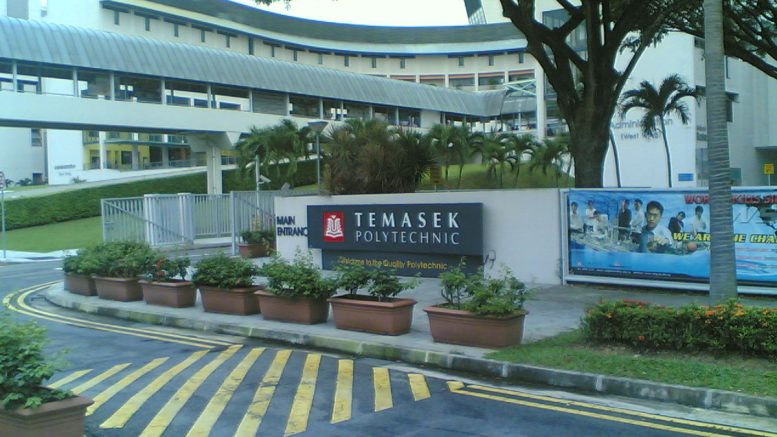Temasek’s one-year total shareholder return at negative 9%
I refer to the article “Temasek’s portfolio value declines to $242 billion; one-year total shareholder return at negative 9%” (Straits Times, Jul 7).
It states that “Its one-year total shareholder return came in at a negative 9.02 per cent, reflecting share price declines of its listed investments, the firm said on Thursday (July 7) in its annual review.”
12% S$ return last 3 years?
The rolling one-year total shareholder return for the last three years was 12 per cent (2, 19 and -9%).
Benchmark against other SWFs?
Instead of just reporting the returns – perhaps we should also try to compare it with other sovereign wealth funds.
Norway: 25% (not S$) last 3.25 years?
For example, Norway’s sovereign wealth fund had a simple total return of 25.64 per cent (not in S$ like Temasek) the last three years plus the first quarter of this year (not exactly the same 3-year time period as Temasek).
According to Chris Kuan’s article “How robust is Temasek’s way of valuing its unlisted assets?” (TR Emeritus, Jul 7) – “Temasek saying the decrease reflects share price declines of its listed investments, which was offset by the performance of unlisted assets.
I find this statement problematic. It is not fully conceivable at least in my view that there is such a divergence between the change in values between listed and unlisted assets. If there is a general downturn in asset values and especially since Temasek admits to the volatility and difficult investment environment, then these conditions affects both listed and unlisted assets in more or less the same way, notwithstanding special circumstances that may result in some assets holding up or even appreciating compared to others.
Nevertheless, to find losses in listed assets being offset in a significant extent given the portfolio size by unlisted assets then the question that pops to mind is how robust are the valuation or the assumptions under the valuation of the unlisted assets since being unlisted there is no transparent, quantifiable market price for them?”
Leong Sze Hian
